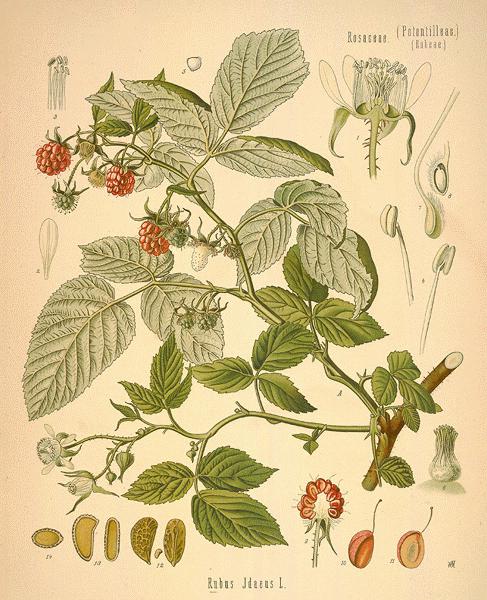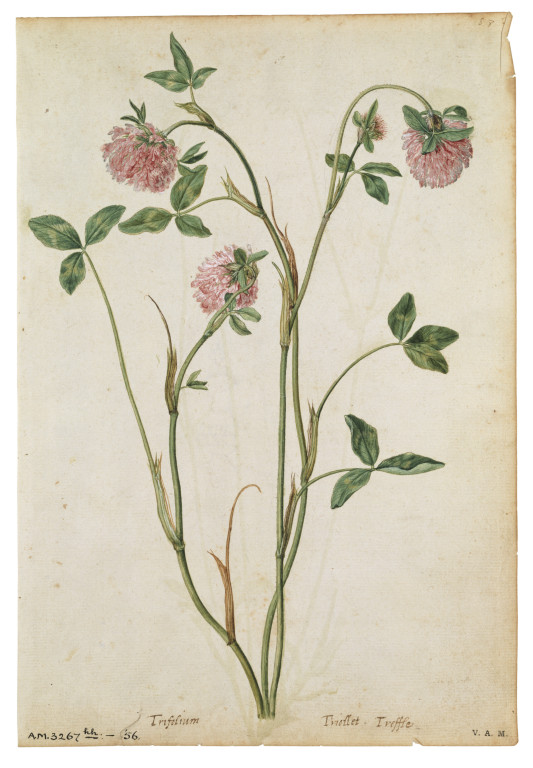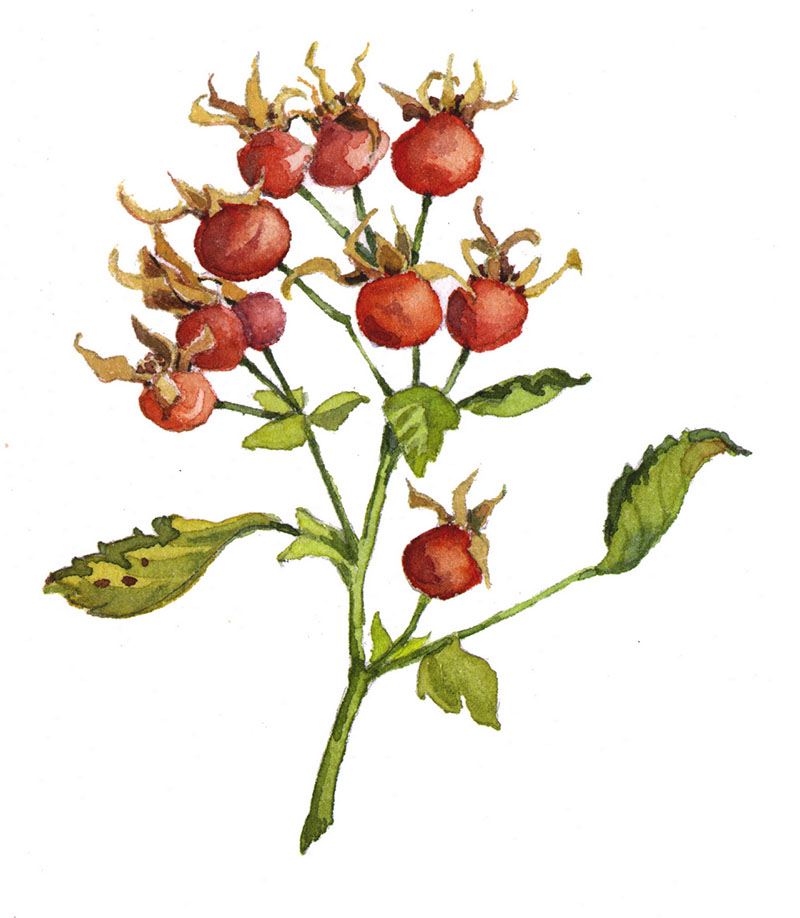Dr Clare Materia Medica
Introduction to the Dispensing of Dr Clare’s Blended Herbs
Special | A | B | C | D | E | F | G | H | I | J | K | L | M | N | O | P | Q | R | S | T | U | V | W | X | Y | Z | ALL
R |
|---|
Raspberry leaf (Red Raspberry)
Framboise, Framboise Rouge, Framboisier Rouge, Framboisier Sauvage, Frambuesa Roja, Raspberry, Rubi Idaei Folium, Rubus. Scientific Name: Rubus idaeus, synonym Rubus buschii, Rubus strigosus. People Use This For: Orally, red raspberry leaf is used for GI tract disorders, upper and lower respiratory tract disorders, cardiovascular system disorders, influenza, swine flu, fever, diabetes, vitamin deficiency, as a diaphoretic or diuretic, for stimulating bile production, "purification of skin and blood", diarrhea, dysmenorrhea, menorrhagia, morning sickness associated with pregnancy, preventing miscarriage, and facilitating labor and delivery. Topically, red raspberry leaf is used for inflammation of the mouth and throat, and skin rash and inflammation. Safety: LIKELY SAFE ...when used orally in amounts commonly found in foods (9). Effectiveness: Labor facilitation. Taking red raspberry leaf orally does not seem to reduce the length of labor or decrease the need for analgesics in the perinatal time period (5). There is insufficient reliable information available about the effectiveness of red raspberry leaf for its other uses. Machanism of Action: The applicable parts of red raspberry are the fruit (berry) and leaf. Red raspberry contains anthocyanidins, ellagitannins, flavonols such as quercetin and kaempferol, catechins, and phenolic acids. Other constituents include ascorbic acid, beta-carotene, chlorogenic acid, glutathione, and alpha-tocopherol (7,8 ,6). The contents of the fruit and leaves vary with maturity (8). Adverse Reactions: None reported. Interactions with Foods: None known. Interactions with Lab Tests: None known. Interactions with Diseases or Conditions: HORMONE SENSITIVE CANCERS/CONDITIONS: Red raspberry leaf might have estrogenic effects (3). Women with hormone sensitive conditions should avoid red raspberry leaf including breast, uterine, and ovarian cancer, endometriosis, and uterine fibroids. Dosage/Administration: ORAL: For facilitating labor, midwives typically prescribe red raspberry leaf tea prepared by steeping 2 grams dried leaf in 240 mL of boiling water for 5 minutes and then straining (2). Red raspberry leaf tablets 2.4 grams per day have been used for reducing labor pains, starting at 32 weeks gestation through labor (5). Editor's Comments: Red raspberry leaf extract has been used in Europe for centuries. The therapeutic use of red raspberry leaf was first described in 1597 in The Herbal, or a General History of Plants (1). Specific References: Raspberry
1. Eagon PK, Elm MS, Hunter DS, et al. Medicinal herbs: modulation of estrogen action. Era of Hope Mtg, Dept Defense; Breast Cancer Res Prog, Atlanta, GA 2000;Jun 8-11. 2. Parsons M, Simpson M, Ponton T. Raspberry leaf and its effects on labour: safety and efficacy. Aust Coll Midwives Inc J 1999;12:20-5. 3. Simpson M, Parsons M, Greenwood J, Wade K. Raspberry leaf in pregnancy: its safety and efficacy in labor. J Midwifery Womens Health 2001;46:51-9. 4. Wada L, Ou B. Antioxidant activity and phenolic content of Oregon caneberries. J Agric Food Chem 2002;50:3495-500. 5. Wang SY, Jiao H. Scavenging capacity of berry crops on superoxide radicals, hydrogen peroxide, hydroxyl radicals, and singlet oxygen. J Agric Food Chem 2000;48:5677-84. 6. Wang SY, Lin HS. Antioxidant activity in fruits and leaves of blackberry, raspberry, and strawberry varies with cultivar and developmental stage. J Agric Food Chem 2000;48:140-6. 7. Mullen W, McGinn J, Lean ME, et al. Ellagitannins, flavonoids, and other phenolics in red raspberries and their contribution to antioxidant capacity and vasorelaxation properties. J Agric Food Chem 2002;50:5191-6. 8. Morimoto C, Satoh Y, Hara M, et al. Anti-obese action of raspberry ketone. Life Sci 2005;77:194-204. | |
Rose hips
Apothecary Rose, Cynorhodon, Cynorhodons, Cynosbatos, Dog Rose, Dog Rose Hips, Églantier, Fruit de l'Églantier, Gulab, Heps, Hip, Hip Fruit, Hip Sweet, Hipberry, Hop Fruit, Persian Rose, Phool Gulab, Pink Rose, Poire d'oiseaux, Rosa de Castillo, Rosa Mosqueta, Rosae Pseudofructus Cum Semen, Rosehip, Rosehips, Rose Hips, Satapatri, Rose des Apothicaires, Rose de Provins, Rose Rouge de Lancaster, Rosier de Provence, Satapatrika, Shatpari, Wild Boar Fruit. CAUTION: See separate listings for Acerola, Vitamin C, and Cherokee Rosehip. Scientific Name: Rosa canina, synonym Rosa lutetiana; Rosa alba; Rosa centifolia; Rosa damascena; Rosa gallica, synonym Rosa provincialis; Rosa rugosa; Rosa villosa, synonym Rosa pomifera; other Rosa species. People Use This For: Orally, rose hip is used as a supplemental source of dietary vitamin C, for preventing and treating colds, influenza-like infections, infectious diseases, vitamin C deficiencies, fever, increasing immune function during exhaustion, gastric spasms, gastric acid deficiency, preventing gastric mucosal inflammation and gastric ulcers, and as a "stomach tonic" for intestinal diseases. It is also used orally for diarrhea, gallstones, gallbladder ailments, lower urinary tract and kidney disorders, dropsy (edema), gout, aging skin, disorders of uric acid metabolism, arthritis, sciatica, diabetes, increasing peripheral circulation, for reducing thirst, as a laxative and diuretic, and to treat chest ailments. Safety: LIKELY SAFE ...when used orally and appropriately. Rose hip extract has Generally Recognized as Safe (GRAS) status in the US (4912). A specific formulation of rose hip powder (LitoZin/i-flex, HybenVital, Denmark) taken in doses of 2.5 grams (5 capsules) twice daily has been safely used for 6 months (17416). Effectiveness: INSUFFICIENT RELIABLE EVIDENCE to RATE Rheumatoid arthritis. Preliminary clinical research shows that taking a specific rose hip powder product (LitoZin/i-flex, HybenVital, Denmark) 2.5 grams (5 capsules) twice daily over 6 months improves patient scores on a disability index as well as other subjective physician- and patient-based assessments (17416). More evidence is needed to rate rose hip for this use. Mechanism of Action: Rose hip contains pectin, citric acid, and malic acid, which can have laxative and diuretic activities (5,18). The diuretic activity is controversial (8). Fresh rose hip contains between 0.5-1.7% vitamin C (5,8) and is estimated to contain 1250 mg vitamin C per 100 grams of rose hip (6). However, much of the vitamin C is destroyed during drying and processing (11), and declines rapidly with storage (2). Vitamin C is required for collagen formation and tissue repair (15). It is an enzyme cofactor in the synthesis of collagen, carnitine, norepinephrine, and peptide hormones, and in tyrosine metabolism (3042). Vitamin C is also involved in oxidation-reduction reactions, conversion of folic acid to folinic acid, carbohydrate metabolism, synthesis of lipids and proteins, iron metabolism, resistance to infections, and cellular respiration (15). It acts as an antioxidant, decreasing oxidants in gastric juice, decreasing lipid peroxidation, and decreasing oxidative DNA and protein damage (3042). Vitamin C deficiency that lasts for three to five months results in symptomatic scurvy that affects collagenous structures, bones, and blood vessels (15). Vitamin C enhances the absorption of soluble non-heme iron, either by reducing it (converting ferric to ferrous) or by preventing chelation by phytates or other food ligands (3042). Adverse Reactions: Orally, the adverse effects of vitamin C are related to the amount of vitamin C actually contained in the rose hip product. The adverse reactions include nausea; vomiting; esophagitis; heartburn; abdominal cramps; GI obstruction; fatigue; flushing; headache; insomnia; sleepiness; diarrhea; hyperoxaluria; and precipitation of urate, oxalate, or cysteine stones or drugs in the urinary tract (15). Large amounts are associated with deep vein thrombosis (15). The inhalation of the rose hip dust is reportedly a respiratory allergen in production workers. It can cause mild to moderate anaphylaxis (6). Topically, the rose hip dust ("itching powder") can cause itching by mechanical irritation (6). Interactions with Herbs & Supplements: IRON: Concomitant use interacts with the vitamin C in rose hip; 200 mg of vitamin C per 30 mg of elemental iron increases oral iron absorption, especially ferric iron (3042). Interactions with Drugs: ALUMINUM <<interacts with>> ROSE HIP Interaction Rating = Moderate Be cautious with this combination. Severity = Mild • Occurrence = Probable • Level of Evidence = D Concomitant use interacts with the vitamin C in rose hip and can increase aluminum absorption, but the clinical significance of this is unknown (3046). Administer rose hip with vitamin C two hours before or four hours after antacids (3046). ASPIRIN <<interacts with>> ROSE HIP Interaction Rating = Minor Be watchful with this combination. Severity = Mild • Occurrence = Possible • Level of Evidence = D The vitamin C in rose hip can increase urinary excretion of ascorbic acid and decrease excretion of salicylates, but this may not have a clinically significant effect on salicylate plasma levels (3046). CHOLINE MAGNESIUM TRISALICYLATE (Trilisate) <<interacts with>> ROSE HIP Interaction Rating = Minor Be watchful with this combination. Severity = Mild • Occurrence = Possible • Level of Evidence = D The vitamin C in rose hip can increase urinary excretion of ascorbic acid and decrease excretion of salicylates such as choline magnesium trisalicylate. But this may not have a clinically significant effect on salicylate plasma levels (3046). ESTROGENS <<interacts with>> ROSE HIP Interaction Rating = Moderate Be cautious with this combination. Severity = Moderate • Occurrence = Possible • Level of Evidence = D Theoretically, the vitamin C in large amounts of Cherokee rosehip might increase absorption and effects of estrogen (129,130). FLUPHENAZINE (Prolixin) <<interacts with>> ROSE HIP Interaction Rating = Moderate Be cautious with this combination. Severity = Moderate • Occurrence = Probable • Level of Evidence = D Concomitant use with rose hip decreases blood levels due to vitamin C content (15). LITHIUM <<interacts with>> ROSE HIP Interaction Rating = Moderate Be cautious with this combination. Severity = Moderate • Occurrence = Probable • Level of Evidence = D Rose hip is thought to have diuretic properties. Theoretically, due to these potential diuretic effects, rose hip might reduce excretion and increase levels of lithium. The dose of lithium might need to be decreased. SALSALATE (Disalcid) <<interacts with>> ROSE HIP Interaction Rating = Minor Be watchful with this combination. Severity = Mild • Occurrence = Possible • Level of Evidence = D The vitamin C in rose hip can increase urinary excretion of ascorbic acid and decrease excretion of salicylates such as salsalate. But this may not have a clinically significant effect on salicylate plasma levels (3046). WARFARIN (Coumadin) <<interacts with>> ROSE HIP Interaction Rating = Moderate Be cautious with this combination. Severity = High • Occurrence = Possible • Level of Evidence = D Concomitant use interacts with the vitamin C in rose hip. Large amounts of vitamin C can impair the warfarin response (3046). Interactions with Foods: IRON: Concomitant use interacts with the vitamin C in rose hip and can increase the absorption of dietary (ferric) iron (3042). Interactions with Lab Tests: ACETAMINOPHEN: The vitamin C in rose hip can cause false negative urine results with methods based on hydrolysis and formation of an indophenol blue chromagen (275). LDH: The vitamin C in rose hip can cause a false decrease measured by Technicon SMA 12/60 and Abbott 100 methods (275). Interactions with Diseases or Conditions: DIABETES: The vitamin C in rose hip might affect glycogenolysis and the control of diabetes, but not all experts agree on this (15). Dosage/Administration: ORAL: The typical dose of rose hips is as a tea, which is prepared by steeping 2-2.5 grams of the crushed rose hips in 150 mL boiling water for 10-15 minutes and then straining(8). For rheumatoid arthritis, a specific rose hip powder product (LitoZin/i-flex, HybenVital, Denmark) 2.5 grams (5 capsules) twice daily has been used (17416). Editor's Comments: Rose hip with seed is the ripe, dried receptacle (hip) with fruit (seed) of various Rosa species, including dog rose (Rosa canina), white rose (Rosa alba), provence rose (Rosa centifolia), and damask rose (Rosa damascena). Avoid confusion with Cherokee rosehip, rose flower, and vitamin C. CAUTION: Sometimes rose hip seeds or plain rose hip receptacles without seeds are sold. These are different than rose hip with seed. Fresh rose hips contain a high concentration of vitamin C; however, much of the vitamin C is destroyed during drying and processing (11) and declines rapidly with storage (2). Many rose hip-derived "natural" vitamin C products are supplemented with synthetic vitamin C (6,11), but may not be clearly labeled accordingly (6). Specific References: Rose Hips
| |||||||||||||||||||||||||||||||||||||||
Rosemary
Scientific Name: People Use This For: Safety: Effectiveness: Mechanism of Action: Adverse Reactions: Interactions with Herbs & Supplements: Interactions with Drugs: Interactions with Foods: Interactions with Lab Tests: Interactions with Diseases or Conditions: Dosage/Administration: Specific References: Rosemary
| |

 Also Known As:
Also Known As: Also known as:Meadow Clover, Trifolium, Wild Clover.
Also known as:Meadow Clover, Trifolium, Wild Clover.  Also Known As:
Also Known As: Also Known As:
Also Known As: